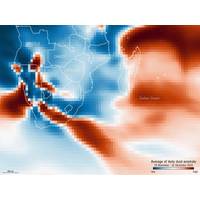
South African Drought Dust Fueled Record Ocean Bloom
Increasing drought events in southern Africa could benefit Indian Ocean marine life and atmospheric carbon removal, according to a new study of the Madagascar Bloom – one of the world’s largest recorded phytoplankton blooms.The study, led by the University of Athens (NKUA) and co-authored by scientists at the UK’s National Oceanography Centre (NOC), linked the unprecedented marine algal bloom to an influx of nutrient-containing dust blown over the Indian Ocean from South Africa.This saw phytoplankton levels at three times the level normally expected at the time of year it
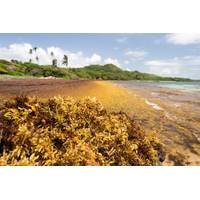
Massive Bloom of Brown Seaweed Heads Toward Florida and the Caribbean
in animal manure.Another major source of nutrients is dust clouds from the Sahara, which can stretch for thousands of miles across the Atlantic Ocean, carried by trade winds. These clouds contain iron, nitrogen and phosphorus from dust storms in Saharan Africa and biomass burning in central and southern Africa. As they blow across the Atlantic, they help fertilize seaweed.A threat to sea lifeAlong with its devastating effects on recreational beaches in the Caribbean and South Florida, sargassum has important but less visible ecological impacts near the coast. Large floating mats of sargassum block
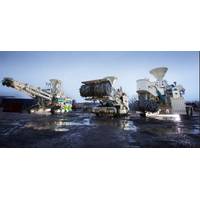
Will 2020 be the year for Subsea Mining?
that it had the unintended consequence of stirring great interest in ocean mining among offshore companies and the general public.In the years since, there has been a great deal of research and exploration in this field. However, except for shallow water diamond mining off the coast of Southern Africa, no commercial deep-sea mining operation has yet been started. Now it seems that 2020 may actually be the year that commercial deep-sea ocean mining starts in earnest.Types of ocean minerals.There are three types of deep-sea ocean minerals of commercial interest; polymetallic nodules, seafloor
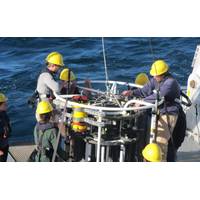
Full-Depth Current Profiling Around the Global Ocean
for knowing more about deep currents is to clarify the global thermohaline circulation. Along the western edge of all major ocean basins, narrow, swift undercurrents have been observed at depth. They have distinct water properties and flow counter to strong surface currents.Using LADCPs off southern Africa, UK scientists identified an unknown undercurrent. The substantial Agulhas Undercurrent, which surprisingly is not evident in hydro data, flows equatorward at 1200 m depth. Found alongside the continental slope, this deep current carries ten times the volume of the world’s largest river
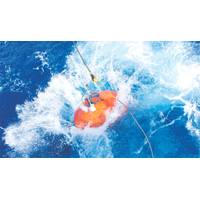
Persistent Profiling of the Greater Agulhas Current
Two Decades of Moored ADCPs off Southern AfricaFor the last two decades, the energetic and deep currents off southern Africa have seen persistent scrutiny. Found on the western edge of the South Indian Ocean, the Agulhas Current system exhibits complex circulation patterns—retroflection, meandering, and rings. They show large variability from year-to-year. Plus these flows mediate exchanges between three of the world’s major oceans: Indian, Atlantic, and Southern.Even more important, the Greater Agulhas Current is now suspected to influence the global climate system. Its role is to precondit
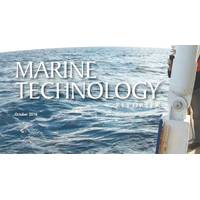
Marine Technology Reporter - October 2018
wider array of anthropomorphic and chemical signatures to an ever greater accuracy.A “National Hero”: Shanghai Ocean University’s Professor Cui Weicheng is breaking new ground in the subsea sector, both in science and business.Ocean Observation: Two decades of moored ADCPs off southern Africa, as the Greater Agulhas Current is suspected to influence the global climate system.Instrumentation: The acquisition of seismic data using nodes placed on the sea floor, Ocean Bottom Seismic (OBS) and its use in deep water with Ocean Bottom Nodes (OBN) have been growing rapidly.SeaExplorer Underwater
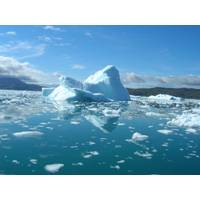
Icebergs Could Float to the Rescue of Cape Town Water Crisis
rains do not come to the rescue of the port city's 4 million residents.Cape Town-based Sloane said his team could wrap passing icebergs in fabric skirts to protect them and reduce evaporation. Large tankers could then guide the blocks into the Benguela Current that flows along the west coast of southern Africa.A milling machine would then then cut into the ice, producing a slurry and forming a saucer structure that will speed up the natural process, he said.A single iceberg "could produce about 150 million litres per day for about a year," around 30 percent of the city's needs, said
DNV GL Revisits Offshore Oil & Gas Risks
required or recommended specific prescriptive regulation for selected areas. This view is supported by the new European Union Offshore Safety Directive (Directive 2013/30/EU). Source: DNV GL Perspectives no 1 2014 (Graham Bennett is DNV GL’s VP and business development manager for UK and Southern Africa.)

DNV GL Wins Statoil Contract for the North Sea
will involve DNV GL offices world-wide and draw on integrated services of third party Verification, Classification and Consultancy; with the majority of the design review work being undertaken in London where the three main design subcontractors reside. Hari Vamadevan, Regional Manager U.K. and Southern Africa said the project is complicated as it involves many contractors working across multiple countries. “The commercial and technical support teams in the U.K. and Korea worked hard to explain to all the project stakeholders the role of ICP and Class in U.K. waters which was critical to securing


 February 2025
February 2025





